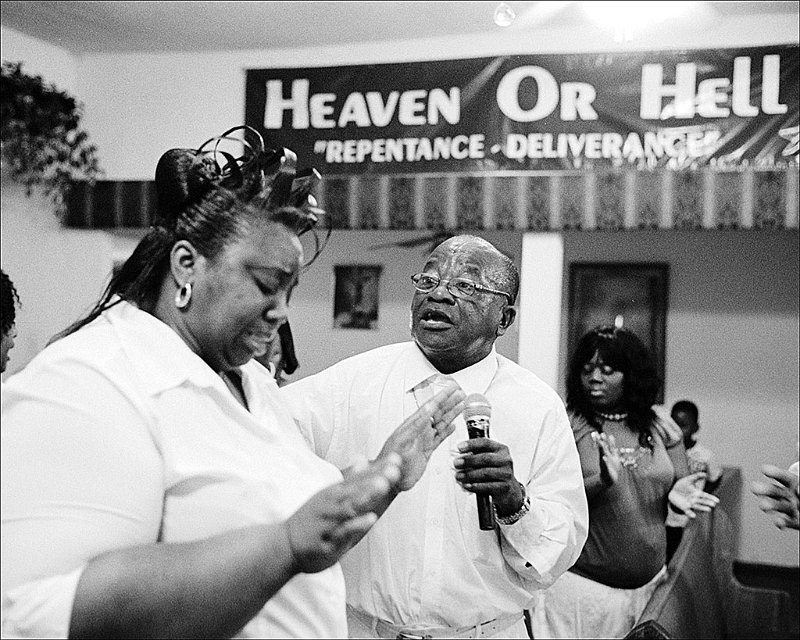...
So what are the requirements?
It needs to have excellent high ISO performance to open up the possibility of using smaller apertures and faster shutter speeds.
It needs to be able to focus reliably and quickly on people's faces -preferably their eyes - in challengingly low light (all M's do this exceptionally well).
It needs to allow a good view of the subject for quick and responsive composition.
And it needs to be unobtrusive, quiet and easy to hold and pack - to make it easy to keep participating in the social situation.”
The Leica M10 meets all these requirements. The M240 technologies are less versatile in low light - they are at least one-stop less sensitive in low light [1]. The M246 Momochrom outperforms the M10 by ~ 1/3 stop.
These results also pertain to perceived image quality in shadow regions in brighter light. Differences in sensor assembly signal-to-noise affect shadow regions more than highlight regions. For a given camera the noise sources are constant but the exposure is not. These differences can be relevant in very bright light when image shadow region details are relevant to the photographers intent.
...So, what would the answer to this question be if you were starting from scratch today? Would a Leica M still be at the top of the list? What would the other options be?
Most contemporary digital cameras have excellent performance in low light (i.e. high camera ISO parameter settings). Some use dual conversion-gain technology sensor designs to optimize dynamic range performance in bright light and signal-to-noise ratios in low light. The data [1,2] show sensor area affects low-light SNR by about 1/2 stop when comparing m4/3, APS-C and 24 x 36 mm cameras. This means lens offerings and camera operation differences are more relevant than ever. It also means there are at least two dozen cameras that deserve consideration.
The options I chose for low-light, social-documentary photography were the FUJIFILM X-Pro 2 and X100T. The X-Pro 2 is about 1/2 stop less sensitive than the M10.[2] I use X-Pro 2 and X100T as I used my Zeiss Ikon M and Cannot QL17 G-III RF cameras. I use the OVF and operate the AF systems in focus and recompose mode. The FUJIFILMs are not RF cameras. Their OVFs use a reverse-Galilean optical finders. However the finder usage is identical. There are frame line estimates and several focus aid options. In my experience the newer FUJIFILM OVF systems perform well in very low light. However they do require some effort to master. With the X-Pro 2, I use the 23, 35 and 50mm f2, compact primes. I use raw files.
If one had a collection of M//LTM lenses it makes sense to use the M10 or a M240 variant. I doubt quick manual focusing in very low light is practical using non-M cameras. At the same time, I'm sure some RFF members succeed in low-light focusing of M//LTM lenses on non-M digital bodies.
1.
Link to low light performance data.You need to deselect all the cameras except Leica in the figure legend and then zoom in on the column for 24 x 36 mm sensor area cameras. These estimates are computed from statical analyses of un-rendered raw-file data. These data only address the data SNR. Perceived color rendering and other subjective image quality traits are not considered.
2. Same link as above except select Fujifilm and Leica while zooming into the APS-C and 24 X 26mm sensor columns.


